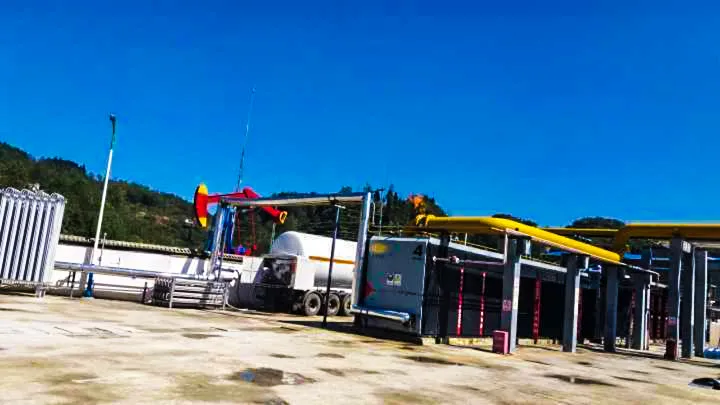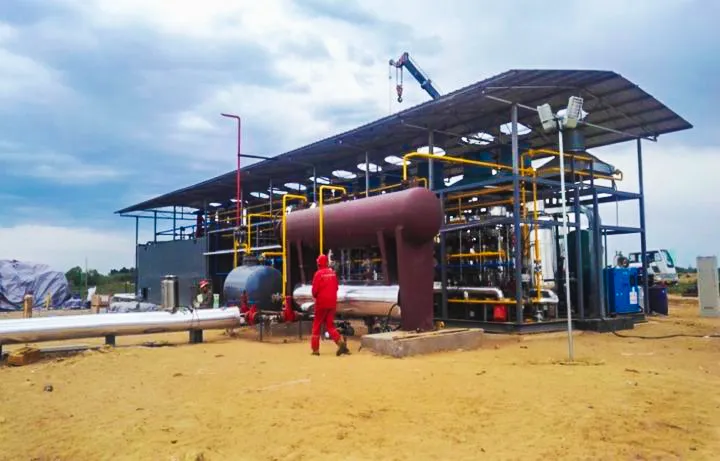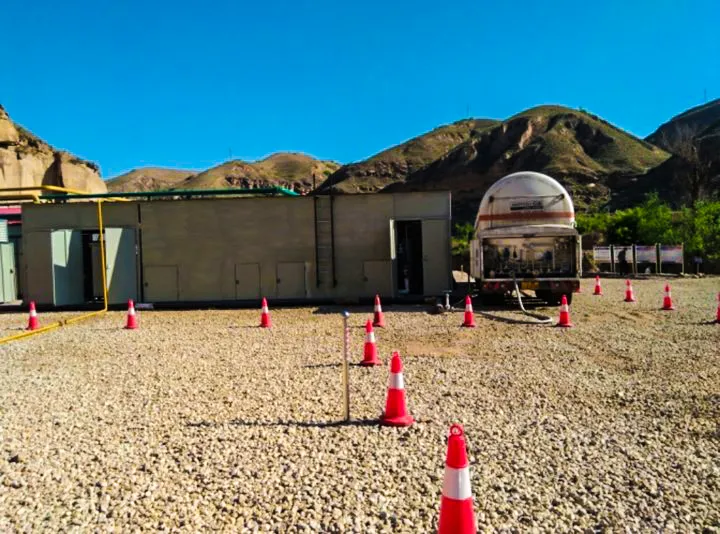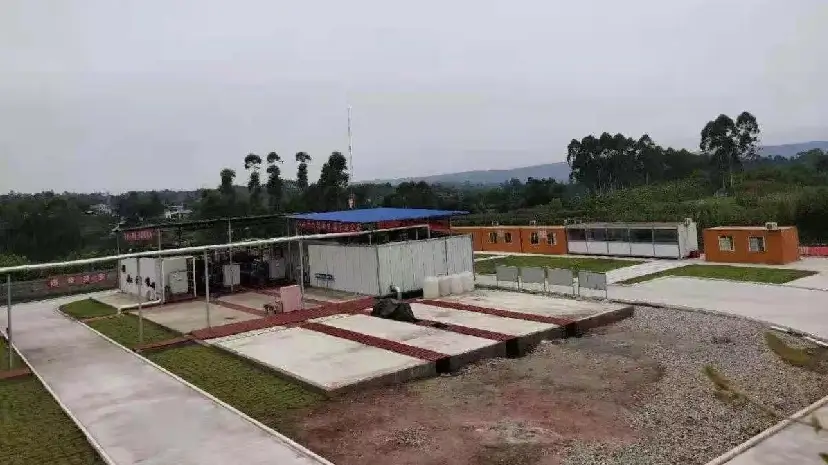Why is Flare Gas Recovery So Important?
What is Flare Gas Recovery?

A flare gas recovery system (FGRS) is a technology designed to capture gases that would otherwise be flared and wasted. Instead of burning these gases through a flare stack, the system collects them, compresses them, and then returns them to the facility for reuse.
The operating principle of flare gas is simple yet profound: capture → compression → reinjection or utilization. Depending on the plant’s needs, the recovered gas can be used as fuel, processed into feedstock, or even converted into marketable energy products.
FGRS are widely used in refineries, petrochemical plants, and natural gas processing plants, where flaring is a common operating practice.
Why Recover Flare Gas?
For decades, natural gas flaring was considered a necessary safety measure. However, as technology evolved, the waste costs and environmental impacts it generates became increasingly important.
Resource Waste: Flare gas contains valuable hydrocarbons, including methane, ethane, and propane. Flaring or venting these gases essentially wastes usable energy.
Environmental Pressures: Direct flaring releases significant amounts of carbon dioxide and methane, with methane being over 25 times more potent than CO₂ as a greenhouse gas.
Economic and Compliance Drivers: With increasing carbon taxes and increasingly stringent environmental regulations, operators are under pressure to adopt sustainable alternatives.
Corporate Social Responsibility: Beyond compliance, flare gas recovery aligns with the global trend toward sustainable energy and enhances a company’s reputation.
Environmental Importance
Implementing flare gas recovery offers significant environmental advantages:
| Aspect | Description |
| Greenhouse Gas Reduction | Significantly reduces methane and CO₂ emissions. |
| Air Quality Improvement | Reduces emissions of soot, acid gases, and other harmful pollutants. |
| Climate Commitment | Helps industries meet international agreements such as the Paris Agreement and achieve net-zero carbon emissions. |
Economic Benefits
Beyond sustainability, flare gas recovery systems (FGRS) offer strong economic incentives:
| Aspect | Description |
| Energy Efficiency | Recovered natural gas can replace purchased natural gas or other fuels, optimizing operations. |
| Cost Savings | Reduce reliance on external natural gas purchases while lowering fuel consumption. |
| Revenue Potential | Recovered natural gas can be converted into liquefied natural gas (LNG) or compressed natural gas (CNG) or injected into the distribution network for commercial sale. |
Many companies find that the return on investment (ROI) for flare gas recovery systems is achieved in just a few years.
Regulatory Compliance and Industry Standards
Governments around the world are tightening regulations on flare gas flaring and emissions. Failure to implement flare gas reduction strategies can result in:
Significant fines and penalties
Increased carbon taxes
Reputational risk in ESG reporting
Advances in Flare Gas Recovery Technology

Modern innovations make flare gas recovery systems (FGRS) more accessible and cost-effective than ever before:
Advanced compression and condensing systems capable of handling a variety of gas streams.
Modular and mobile units for remote or temporary operations.
Digital monitoring and intelligent control technologies optimize recovery performance and ensure real-time compliance.
These advances make flare gas recovery not just an environmental initiative but also a strategic investment in operational resilience.
KAITIANGAS: Your Professional Partner for Flare Gas Recovery

Founded in 2002, KAITIANGAS specializes in the recovery and treatment of flare gas resources. The company focuses on the development, engineering design, and global rollout of flare gas recovery and liquefaction technologies and equipment. KAITIANGAS boasts independent intellectual property rights, proven system solutions, and a professional team. We have successfully built and operated numerous wellhead LNG recovery projects in China, the Middle East, and Southeast Asia, accumulating extensive field experience and technical expertise.
Conclusion
Flare gas recovery is no longer an option; it’s a strategic imperative. It addresses the triple challenge of reducing emissions, improving energy efficiency, and ensuring regulatory compliance.
As the energy industry accelerates its transition toward sustainability and carbon neutrality, the role of flare gas recovery will become even more critical. By investing in flare gas recovery systems (FGRS) today, companies can not only protect the environment but also unlock new economic opportunities and strengthen their position in a rapidly evolving energy market.
The message is clear: flare gas recovery isn’t just about compliance; it’s about leading the global energy transition.






